Pythian Postcards: Fraijanes, Guatemala
Editor’s Note: Welcome to the most recent post in our “Pythian Postcards” series! We’ve visited employees around the world, including Toulouse, France and Singapore. Today, we’re very pleased to have a post from Jose Solares who’s going to help us learn about Guatemala!
Q: Where are you located?
A: I’m located in Guatemala — the land of eternal spring — on the outskirts of Guatemala City, in a municipality called Fraijanes, I think quite a lot of people have heard of our country, but probably not for good reasons. We were fraught with civil war for almost 36 years with peace finally being signed in 1996, so we’ve had a violent past, which has colored the way the world sees us. Most people either know that, or have no idea where we are, which is south of Mexico, right next to Belize.
As one vlogger I saw recently said, we’re probably the worst marketed country in the Americas, if not the world. We’re full of natural beauty, with beautiful beaches, located amidst the Pacific Ring of Fire, with three active volcanoes that you can get quite close to. As I write this, all three have been quite active. We’re also the cradle of the Mayan civilization; being home to some of the biggest pyramids in Mesoamerica. One is Tikal, and there is also work being done at El Mirador, which has what might be the tallest Mesoamerican pyramid, and one of the largest by volume in the world. We also have Lake Atitlan, considered to be amongst the most beautiful lakes in the world, flanked by volcanoes and Mayan villages.
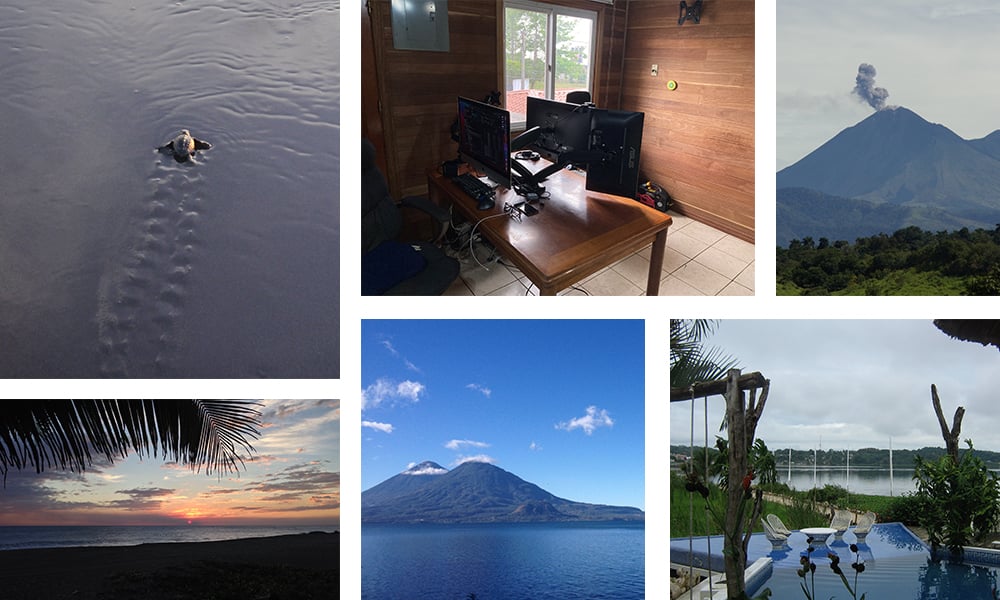
“The land of eternal spring” is not an exaggeration for a large portion of the country as we have a very nice climate year round. Only hurricane season gets in the way of perfect weather; although our mountains shield us, the lowlands are quite susceptible to damage every year.
Fraijanes, where I live, is 1800 m above sea level, with average temperatures just lower than 20°C almost year round. April has the highest average at 23°C and the average temperature from October to January is around 18°C. We also have areas at higher elevation with an 8°C average annual temperature, with the lowlands going up to 28°C annual average. There’s almost a place for any kind of weather you might like.
Q: How did you end up there?
A: I was born in Guatemala City, but grew up north in El Petén, near Lake Peten Itza. We used to go to the lake almost every weekend and I was able to bike my way to school and English lessons. We moved to Guatemala City to get access to better education; this was around sixth grade, because back then the colleges / universities were all located in the city.
Q: What do you do at Pythian, and what path brought you here?
A: I’m a Site Operations Consultant on T10; part of Customer Service Delivery.
I was a really active kid … until I took an arrow to the knee ;). I still remember my father bringing a Commodore 64 back from a trip to the US. You could run games and also program with it in BASIC (Beginner’s All-purpose Symbolic Instruction Code). I used to sit beside my older brother while he programmed with it.
I started programming at quite an early age, especially for our country; the opportunity to do so, and to have access to the necessary equipment was a blessing. I learnt C when I was 14, started tinkering with BSD when I was 16 and learned Linux not that long after. Early on I had decided I wanted to study something computer related, and from the old Reader’s Digests my dad had I also knew I wanted to be an engineer; that’s how I ended up studying Systems Engineering and Computer Science.
I ended up at Pythian by recommendation of a close friend. I had my WhatsApp open and was going to ask him if he knew of any available jobs when he started typing, and out comes, “Hey do you wanna work on my team at Pythian? There’s an open position!” Talk about serendipity! It turns out the open position at the time was for another team. The one for his team opened quite a bit later, so while not on his team per se, we work together from time to time.
Q: What kind of accommodation do you live in?
A: I live with my younger brother and my parents in a family home. It’s mostly made of wood which is not that common here; most houses are brick and mortar. Our house has four bedrooms on the second floor. I used to have my computer in my bedroom, and when my sister moved out I made that room my office.
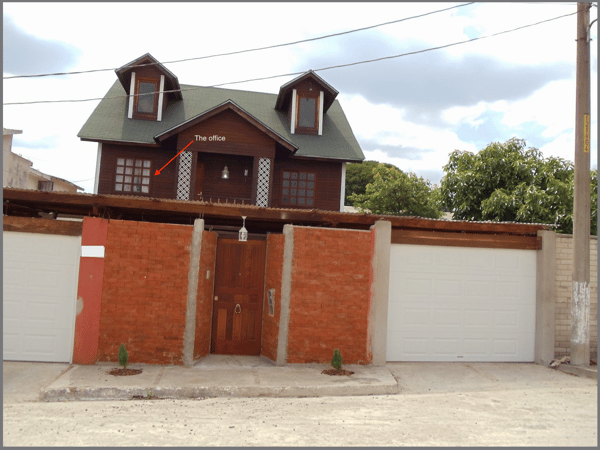
Q: What is your workspace like?
A: I’m using an almost 30-year-old solid wood dinner table as a desk in the aforementioned room; my parents bought the table when we first moved to Guatemala City. It does have some blemishes on the finish but overall it’s still in great shape, and I had a keyboard tray installed as well as monitor arms, with one side being the Pythian side which has all the equipment needed for work, and the other side holding my personal computer. There’s also a bed for my WFH (work-from-home) mate, and access to a balcony next to the “desk” where I can relax and soak up some sun, or drink my morning coffee.
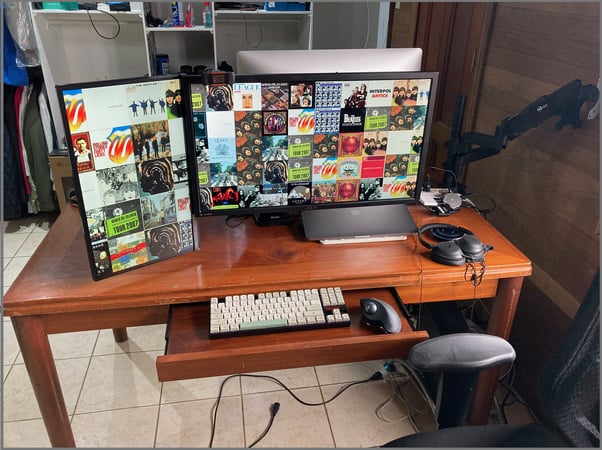
Aside from the dog, I also have some spiders sharing the office. I’ve identified the one in the windowsill as a Kukulcania hibernalis female (southern house spider). It scared the heck out of me when I first saw it, and I moved the desk a bit farther away from the window — hehe — there are a lot fewer mosquitoes and flies in this room vs my bedroom so I leave the spiders be.
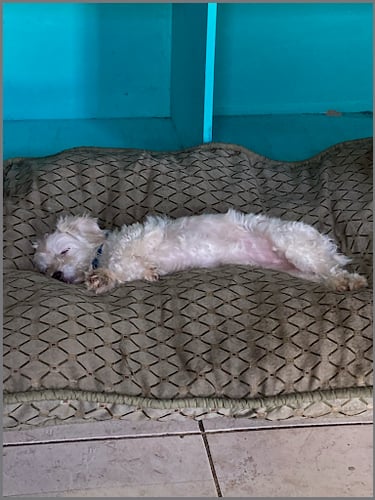
Q: What are your hobbies / non-work pastimes?
A: I like to read. While these days I still read a lot, it’s mostly technical documentation. When I was a kid, I used to read about one book a week, and still sometimes when I find a really engaging book I tend to finish it in one go; only taking breaks for food.
I try to keep a journal and I use fountain pens for that. The dichotomy of using something so analog while working on computers all day is a bit funny. It’s also quite relaxing to write.
I used to have an old BMW; a ‘93 325is that I used to do quite a lot of work on. I also had a ‘79 Alfetta that I worked on as well, but newer cars don’t lend themselves to tinkering.
I also love cooking, especially baking bread; below you can see cinnamon rolls, cranberry braided bread and brioche.

And there’s of course video games and TV.
Q: What’s the best thing about living and working where you do?
A: I live on the outskirts of the city, so away from all the noise, but close enough to have access to everything it has to offer. Having said that, the traffic especially at peak hours makes it a chore to go into the city. This makes me quite thankful to have been doing WFH for quite a few years and happy I have access to decent internet speeds.
I can order almost anything from Amazon / eBay and get it in a week or two.
Because Guatemala is a small country that has almost every climate possible, you’re always just a drive away from quite a change in scenery. There are the volcanic sand beaches in the south, and the white ones to the north, near Belize. There are the lakes, the highlands on the Sierra Madre, many volcanos and the rainforests in Coban or Peten. You can even be in a different country on the same day if you want to.
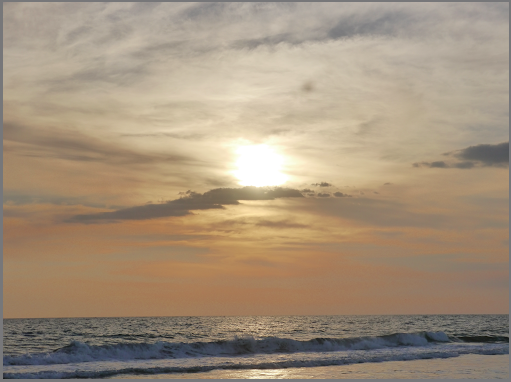
Q: What does a typical day look like for you?
A: Since I’m on a shifted work week schedule, it can vary. For example Monday I work from 9 a.m. to 5 p.m., Fridays it’s noon to 8 p.m., and from 8 a.m. to 8 p.m. on Saturday and Sunday. But the one thing every day has in common is that it starts with a cup of coffee. If I take too long to get up and don’t have much time before the start of my day, I use a Dolce Gusto capsule, otherwise it’s an AeroPress or pour-over cup of coffee. For Saturdays and Sundays I usually make four cups in the drip machine for the rest of the morning. This has been especially nice lately as the weather’s been a bit cold.
Then it’s logging in, checking email and Slack, catching up on what happened on my “weekend.” There are meetings to attend, ongoing work on issues reported by clients, a quick lunch, then back at it.
After work, depending on the day, I catch up on my reading and writing, or play some video games. I usually watch some TV before going to sleep.
Q: What do you consider to be your biggest achievement to date — professional or personal?
A: Perhaps it’s going back to school and getting my master’s degree, especially after so many years since my undergraduate studies. I chose telecommunications for half of my courses, and the math in that course load isn’t easy. In fact, I ended up retaking a course called Signals and Systems because of said math!
Q: If you had to eat one meal, every day for the rest of your life, what would it be?
A: I have to go with Ceviche. There are all kinds of ways to make ceviche. The base of it is seafood marinated in citrus juice; usually lime juice. There’s one called pico de gallo here in Guatemala which consists of a specific cut of beef marinated in bitter orange, along with some lime juice and chopped tomato, onion and cilantro. There’s also Peruvian ceviche with white sea bass marinated in lime juice with sliced red onion and cilantro.
We hope you enjoyed this glimpse into life at Pythian. Don’t forget to sign up for next month’s feature.
Check out previous Pythian Postcards posts here:
You May Also Like
These Related Stories
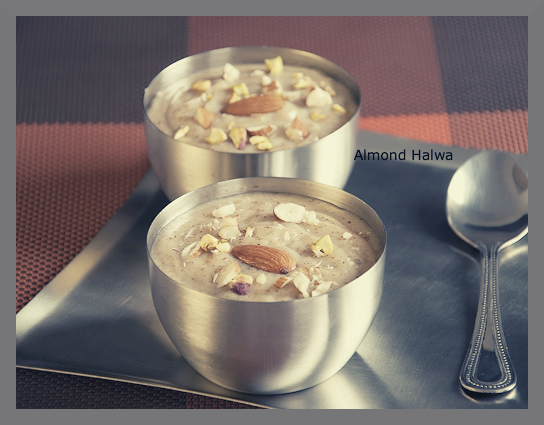
Pythian Postcards: Mississauga, Ontario … by Way of India
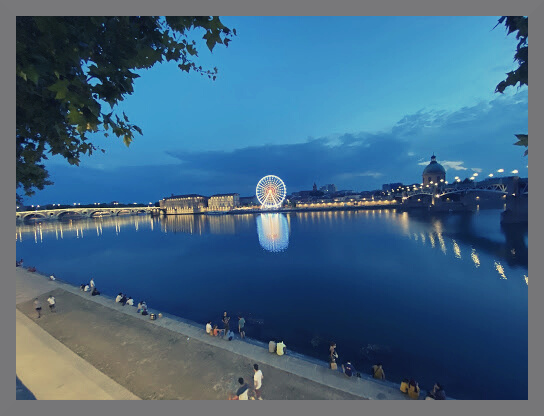
Pythian Postcards: Toulouse, France … by way of Mexico
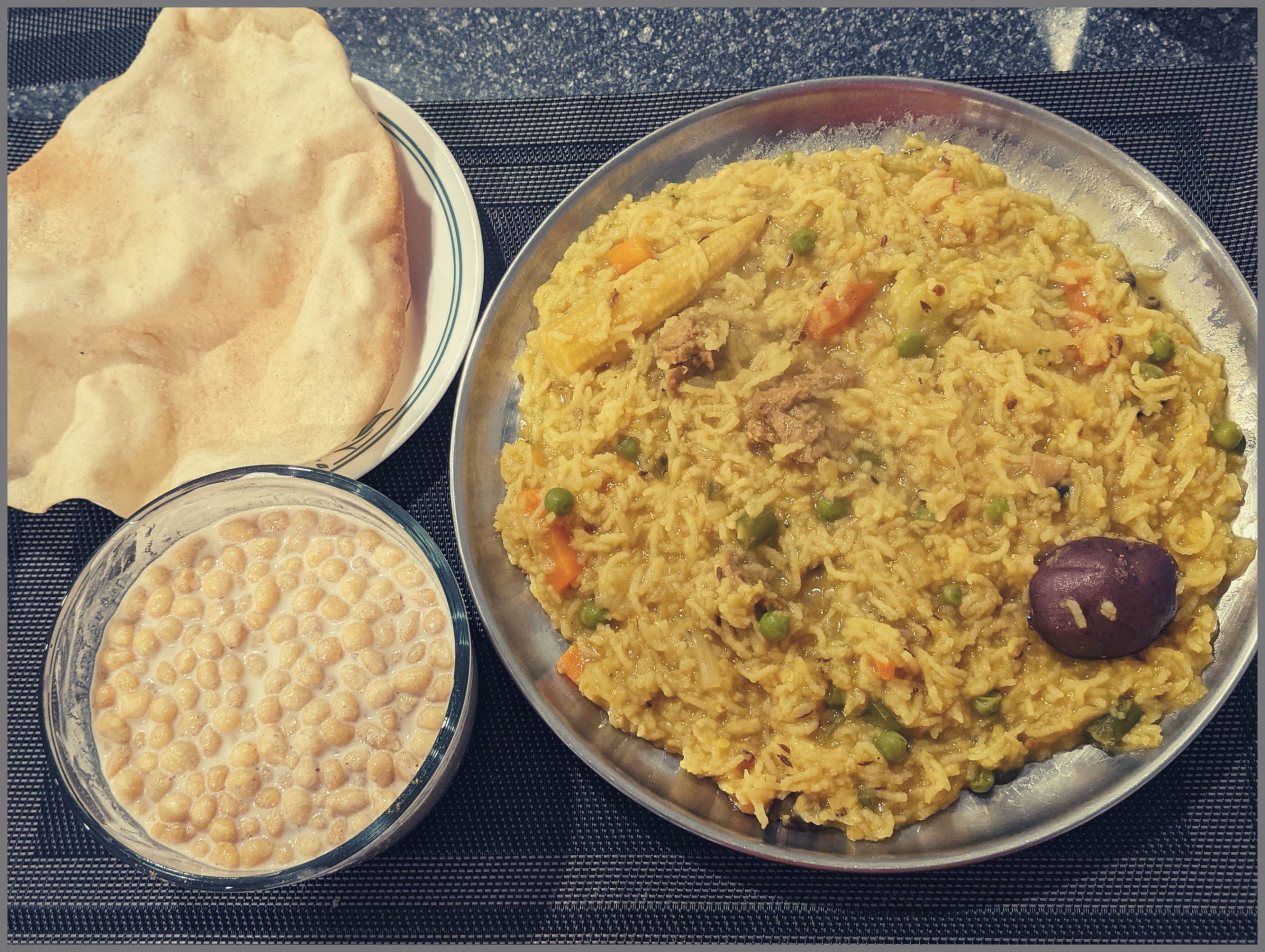

No Comments Yet
Let us know what you think